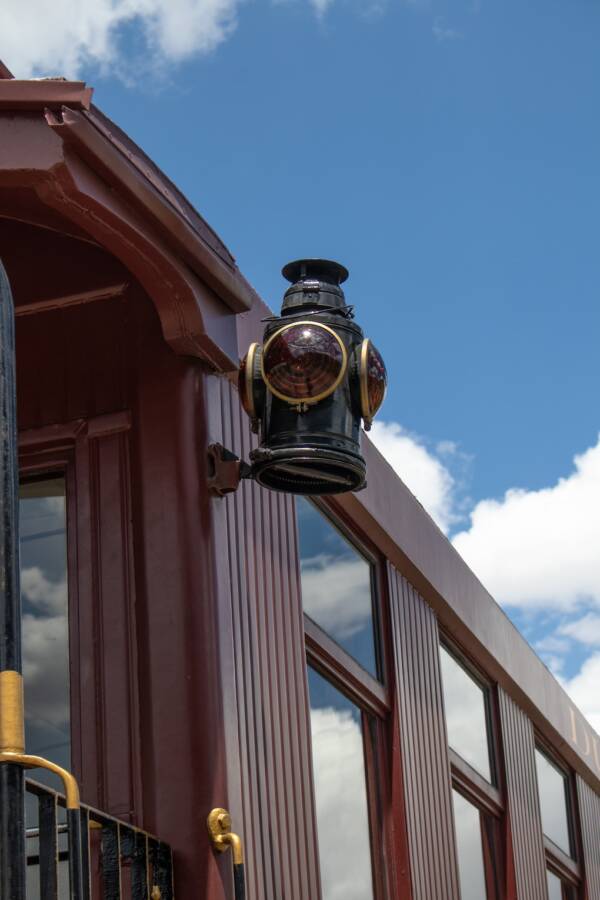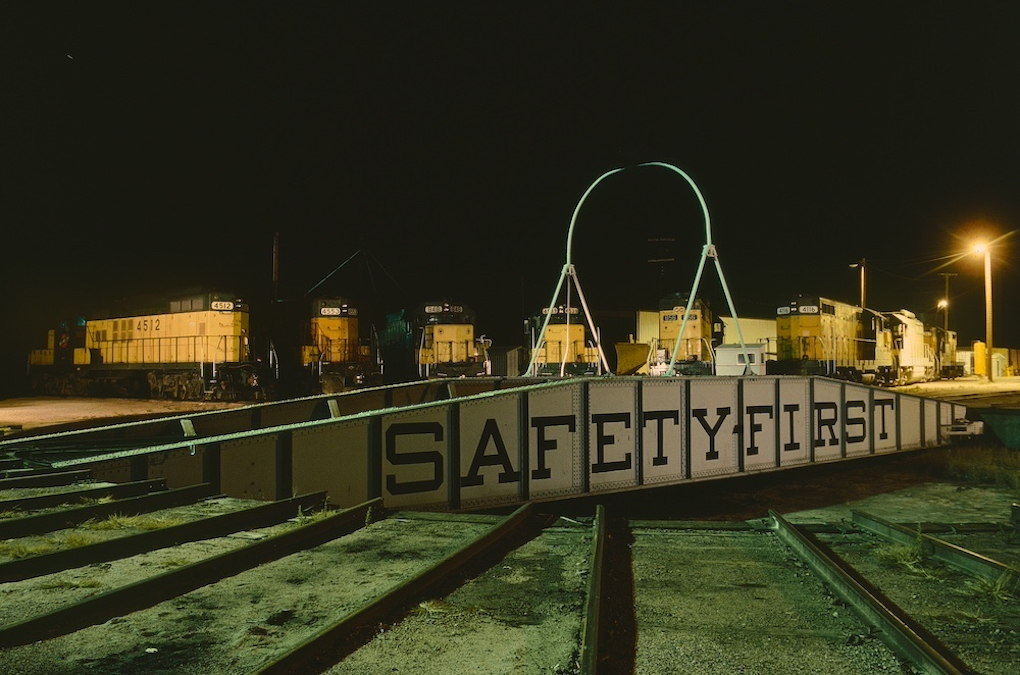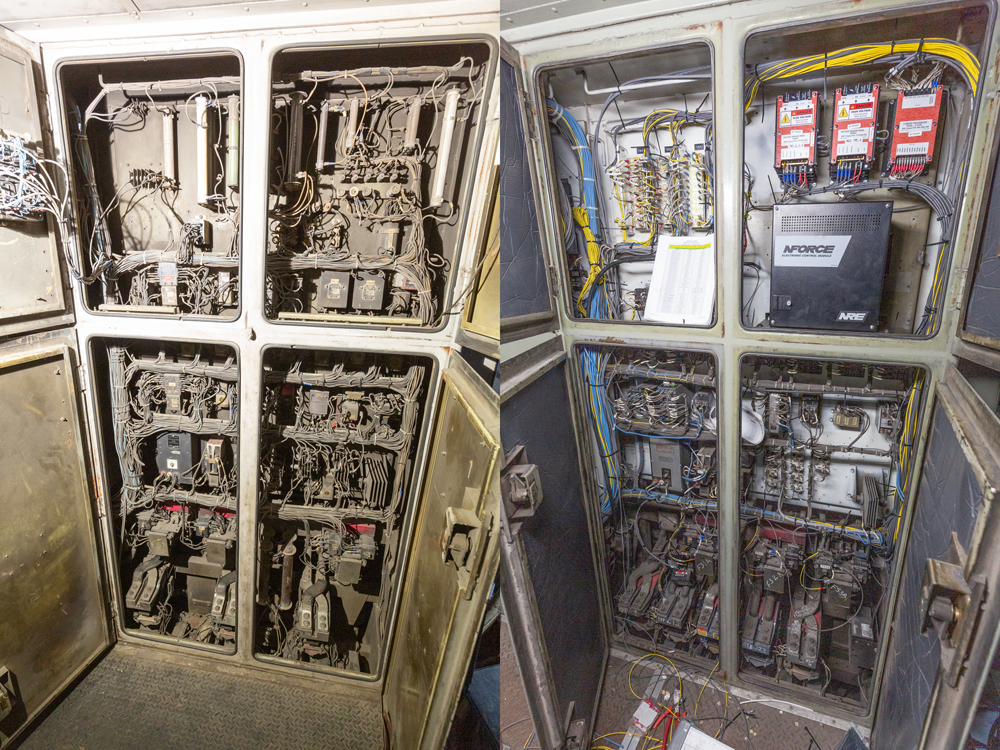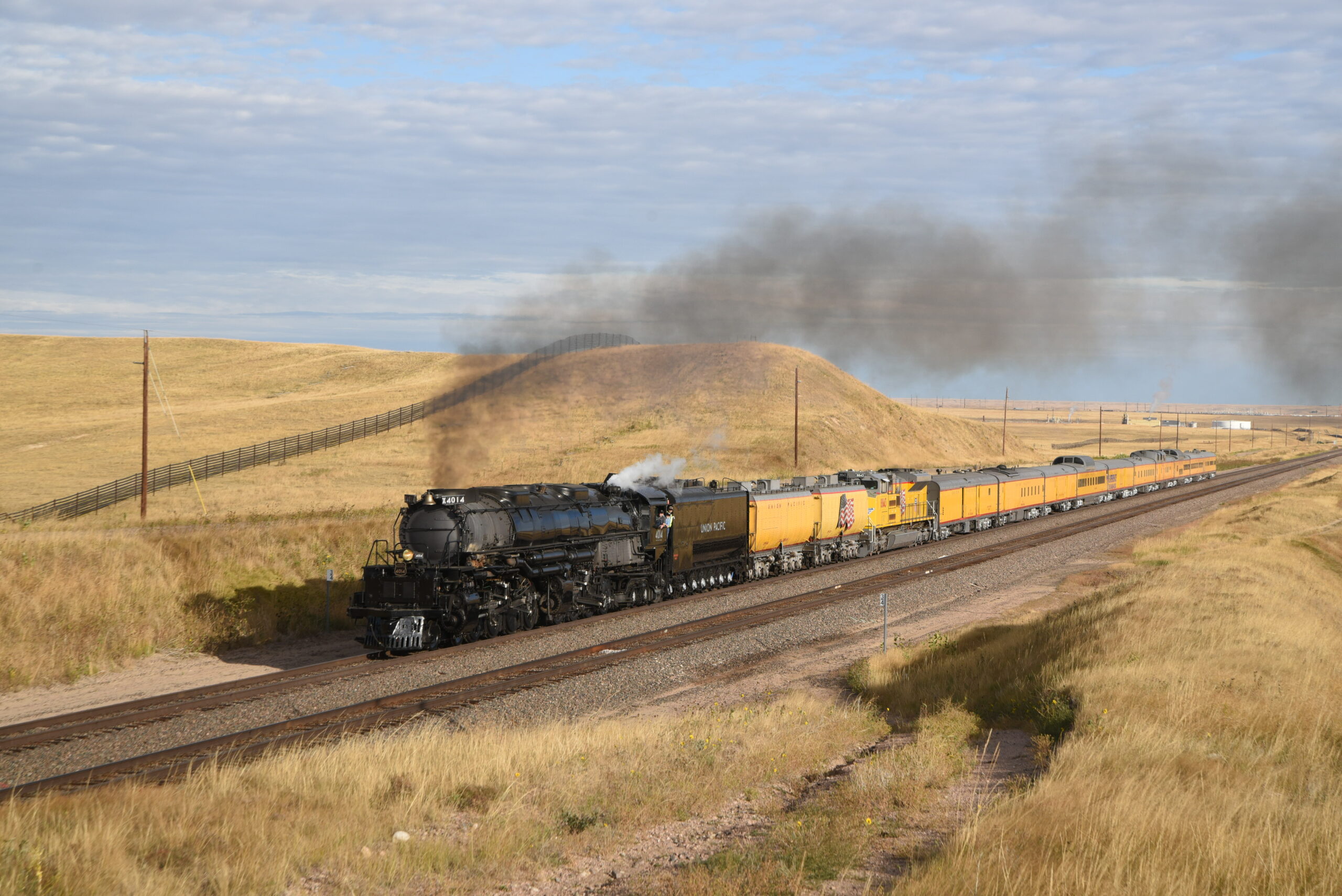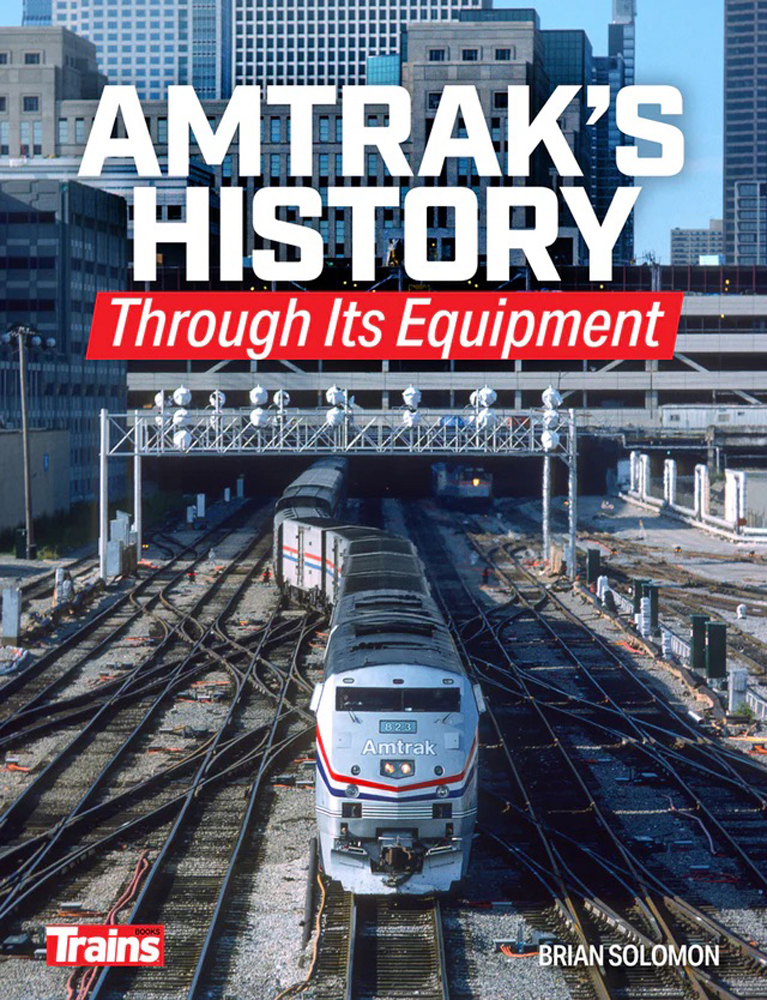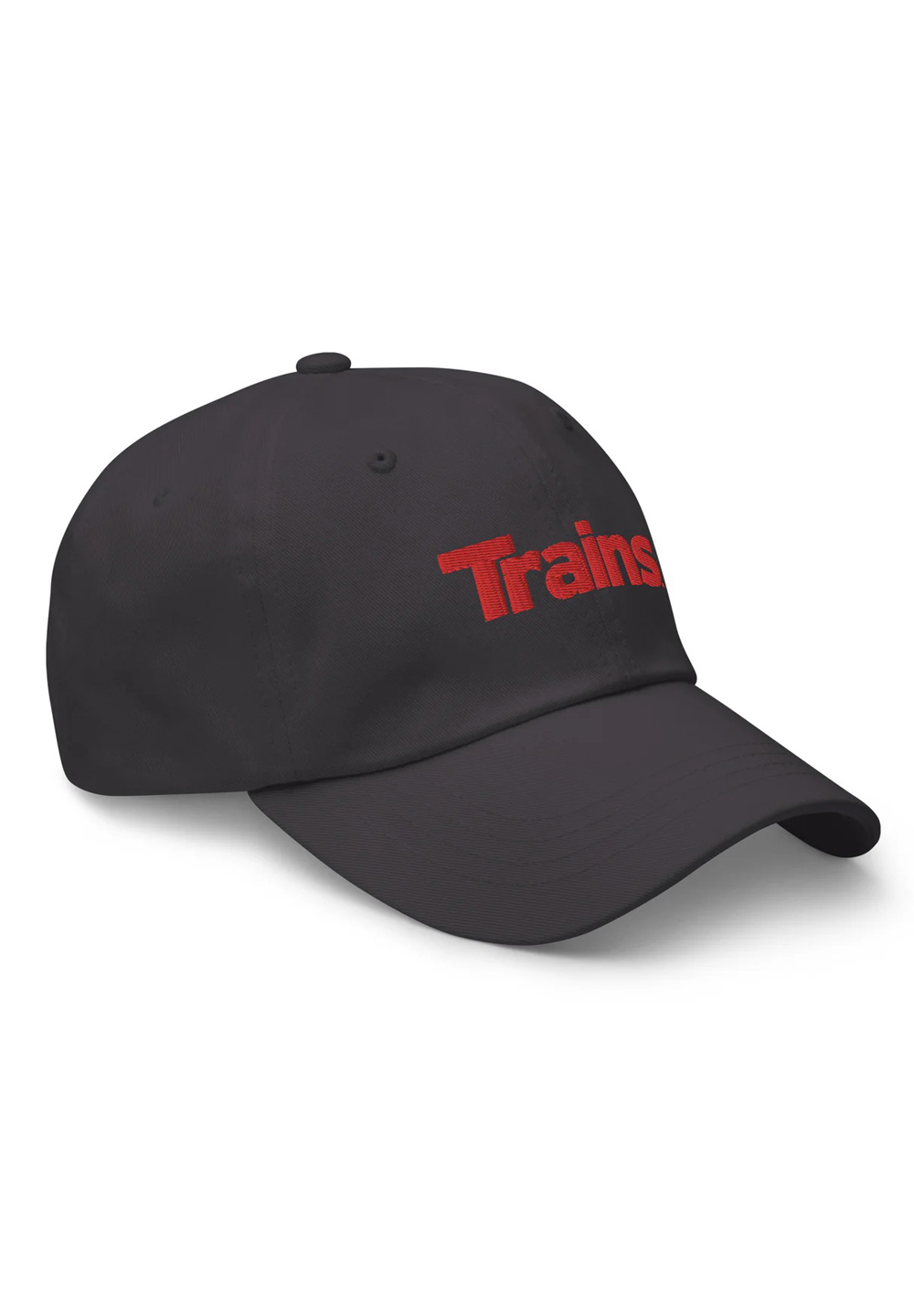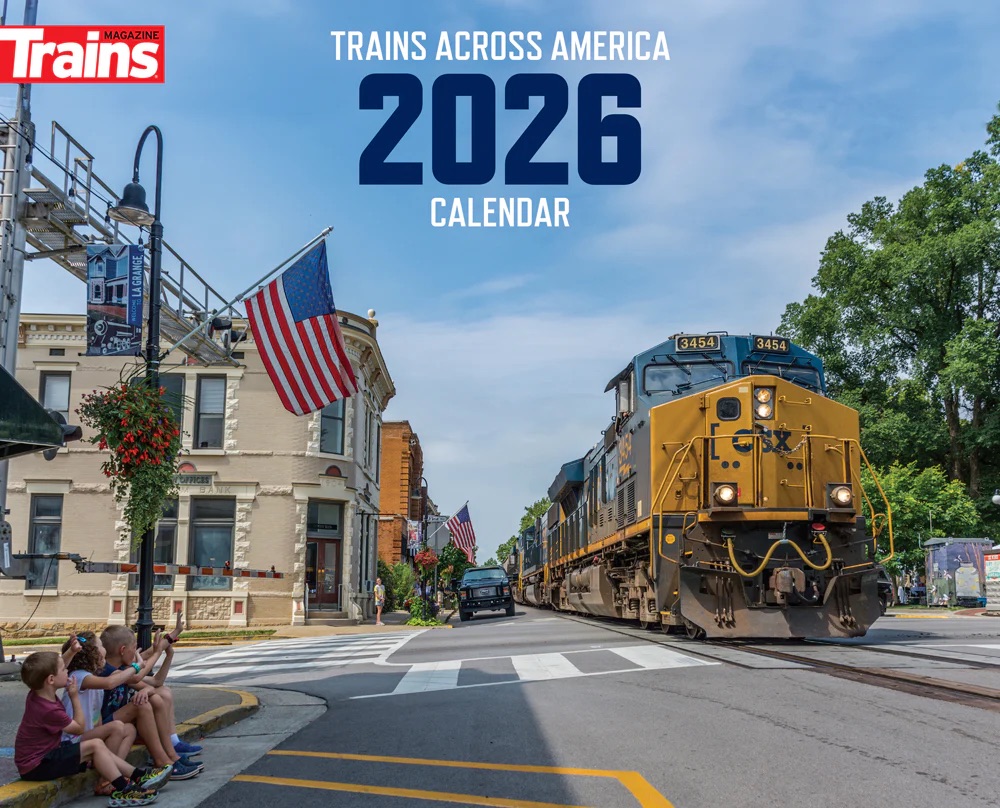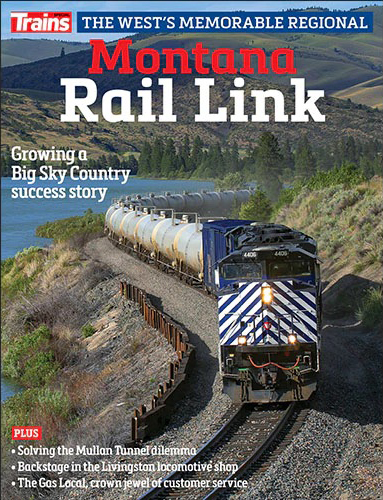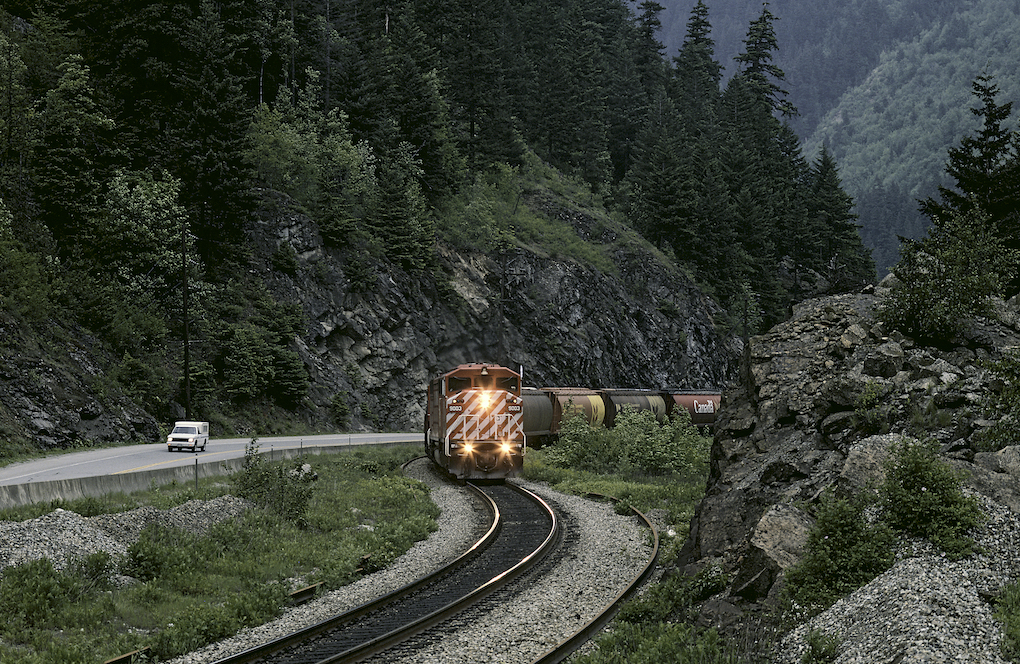
Soon after the first railroad bought the second locomotive it became apparent that some rules of the road were needed. There had to be a way to keep a following locomotive from running into the one ahead and to prevent head-on collisions when locomotives are moving toward each other on a single track. In the days before radios, the only answer was to instruct one locomotive to wait on a siding until the other arrived.
When cars or additional locomotives were added to the single engine, how could the opposing crew be certain the other train hadn’t left a few of its cars standing on the main line just around the first curve?
The solution was simple, designate specific markers to be displayed on the last car in the train or on the end of the last locomotive when engines are running light (without a train). That’s why railroad rules define a train as “an engine, with or without cars, displaying a marker.” You’ll notice that the definition of “train” contains no mention of cabooses, observation cars, drumhead signs, or even modern end-of-train devices.
In the early days of railroading, a simple flag by day and a red lantern by night usually served as a marker. Cabooses, passenger cars, and even the rear of locomotive tenders were fitted with brackets for mounting specially designed kerosene lanterns. In time these were replaced by electric lights and, today, by electronic end-of-train devices. Many railroads now allow the trailing headlight, set on dim, to serve as a marker when an engine is running light or serving as a rear pusher locomotive.
Markers have changed considerably over 200 years of railroading, but their purpose remains the same: Railroaders know a train is intact when they see its marker.
Classification lights, on the other hand, serve to identify a train. Having one train wait until another has passed seems simple until you realize you also need a way to determine which siding to use and which train has priority. The invention of the telegraph and adoption of standard time made possible the first real method of train control using employee timetables and train orders.
The timetable contained a schedule, by train number, of each train to be operated, and trains couldn’t depart a given station ahead of their scheduled time. The timetable also specified the meeting point between opposing trains, but there was still the question of which train would enter the siding and which train would hold the main. So railroads assigned a class to each scheduled train, and the timetable specified a superior direction.
For example, if two first-class trains are scheduled to meet, the north, or eastbound, train (superior by direction) would hold the main and the west, or southbound, would take the siding. Likewise, should an eastbound second-class train meet a westbound first-class train (superior by class), the second-class train would take the siding.
All the trains discussed so far are listed in the timetable. Some days, however, there wasn’t enough business to justify running the full schedule, so the dispatcher might annul one or more trains. On other days, a surge in traffic might require more trains than those listed in the timetable.
When that happened, the dispatcher would operate one or more additional sections of the scheduled trains, or he would designate additional trains as extras. It was even possible for a train to run as an extra on one district and as a section on the next. To identify additional sections, classification signals were displayed on the lead locomotive – generally a pair of either cloth or metal green
flags and green lights indicating that another section of the same train was following. All sections displayed the green classification signal except the last, which displayed neither lights nor flags.
Extra trains were identified by cloth or metal white flags and white classification lights, but being an extra didn’t convey any superiority.
Timetable-and-train-order control was used for more than 100 years. However, the system could safely handle only a limited number of trains. It was also very labor intensive, because operators were required at stations along the line to copy and deliver orders.
The advent of Automatic Block Signal (ABS) systems in the early part of the 20th century was a major advance in safety, but ABS still relied on the timetable and train orders to control movements.
With the development of Centralized Traffic Control (CTC) in the early 1940s, train orders were gradually relegated to lighter density rail lines. By the 1970s, many railroads eliminated scheduled trains from their timetables and ran all trains as extras.
With no scheduled trains there was no longer a need for classification signals. By the mid-1980s, improvements in radio communications made possible the adoption of a printed, check-the-box-and-fill-in-the-blanks type of train order, called a track warrant, which could be radioed to train conductors. With the adoption of track warrants, most railroads eliminated timetable-and-train-order rules.
Younger people may never have seen marker and/or classification lights. Newer diesel locomotives are not routinely equipped with them, and many older diesels have had the lights removed.
